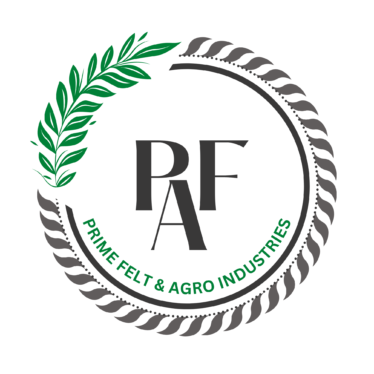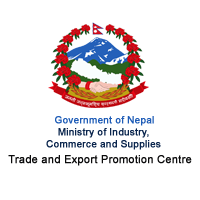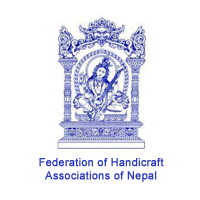Medicinal and Aromatic Plants from Nepal
Medicinal and Aromatic Plants (MAPs)
Nepal’s significant variation in altitude ranging from 67 meters in south-eastern Terai to the tallest mountain on earth, Mt Everest, measuring 8,848 meters, gives Nepal a remarkable variety in its floral resources. The country has 35 different types of forests and 118 different ecosystems where 2% of the world’s flowering plants and an estimated 7,000 species of higher-value plants are found. Another estimate suggests that there are 5,865 flowering plants in Nepal out of which 690 species are considered to have medicinal values. Out of these, 510 are classified as wild species, 120 as naturalized species currently under cultivation, and 60 as exotic species. The Medicinal and Aromatic Plants Database of Nepal (MAPDON) has estimated that there are 1,624 medicinal plant species in Nepal, of which about 100 plants are traded annually. However, only 23 species have been traded in high volume over the years.
Owing to its diverse climatic conditions, some of the most unique and valuable herbs and medicinal plants like yarshagumba, chiraito, and jatamansi are found in Nepal. Collected and cultivated medicinal plants are used for a wide variety of purposes including Ayurveda, Homeopathy, and other forms of traditional medicines. Similarly, aromatic plants are used as essential oils to create flavors and perfumes. Herbs like sugandhawal, zedoary, cinnamon, chamomile, citronella, juniper berries, and lemongrass are used for the preparation of essential oil and are exported to Europe, the United States, East Asia and India.
Most of Nepal’s high-value MAPs are found in the forests and grasslands of northern Nepal. The lower value MAPs are produced below 2,000m of altitude. According to a recent report, 85% of Nepal’s MAPs are collected from the mid-western and far-western parts of the country. Recent estimates suggest that as many as 300,000 families are involved (directly/indirectly) in the collection of MAPs in 58 districts of Nepal, and a further 100,000 are found ready to join the group if appropriate conditions are created. More than 50 percent of the people engaged in the collection, cleaning, and grading of MAPs are women.
Source: Nepal Trade Portal







